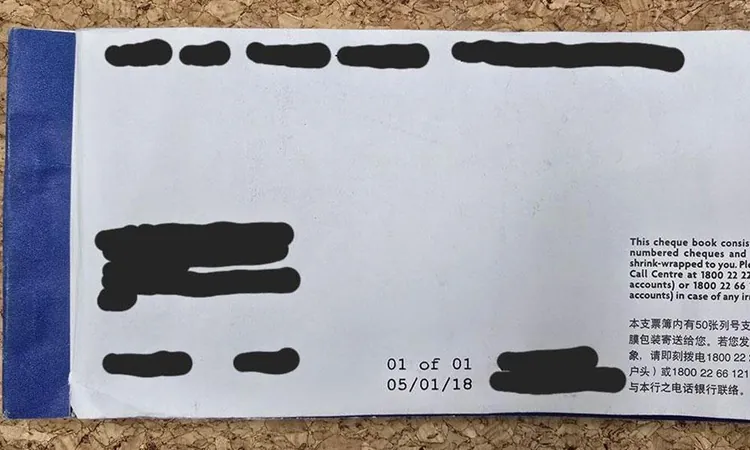
Revolutionizing Electronics: Ultrathin Metallic Films Control Charge Flow with Light!
2025-08-04
Author: Jia
A Breakthrough in Electronics!
Imagine a world where light can control the flow of electricity in devices—well, that dream is now closer to reality thanks to groundbreaking research from the University of Minnesota Twin Cities!
How It Works!
Researchers have unveiled a method to guide charge flow in ultrathin metallic films at room temperature, utilizing light in ways previously thought impossible. This remarkable development paves the way for the next generation of energy-efficient optical sensors, detectors, and even quantum information technologies.
The Secret of Ruthenium Dioxide!
The star of the study is ruthenium dioxide (RuO2), which was ingeniously layered on titanium dioxide (TiO2). This innovative combination allows scientists to finely tune how electricity moves through the material and how it interacts with light. Senior author Bharat Jalan pointed out, "We engineered these ultrathin metal layers to behave in extraordinary ways, different from their thicker counterparts."
Challenging Old Assumptions!
Lead author Seunggyo Jeong stated, "For the first time, we’ve shown that metals can achieve directional and tunable ultrafast carrier relaxation at room temperature, challenging long-standing beliefs in condensed matter physics!" This breakthrough opens a new frontier for manipulating both charge and light in metallic systems.
Implications for the Future!
The implications are massive for the fields of optoelectronics and memory devices, where controlling how quickly and efficiently these carriers respond to light is crucial. Co-author Tony Low emphasized that subtle structural changes, like strain, can dramatically transform the electronic properties of metals.
A New Era of High-Performance Devices!
Previous assumptions held that traditional metals lacked the precision needed for directional control. However, this team’s findings suggest that with careful manipulation of electronic structures, they can overcome these limitations. This could lead to a leap in creating high-performance, low-power devices for computing, data storage, sensing, and secure communications.
What’s Next?
The researchers are not stopping here and plan to integrate these engineered RuO2 films into real-world devices, while also investigating similar phenomena in other oxide systems. This exciting direction holds the potential to revolutionize how we approach electronics in the future.
Collaborative Innovation!
The study was made possible through collaboration with the Gwangju Institute of Science and Technology, Sungkyunkwan University, and the University of Kentucky. On the University of Minnesota team were also graduate student Sreejith Nair and postdoctoral associate Seunjun Lee, highlighting the power of teamwork in advancing science!



 Brasil (PT)
Brasil (PT)
 Canada (EN)
Canada (EN)
 Chile (ES)
Chile (ES)
 Česko (CS)
Česko (CS)
 대한민국 (KO)
대한민국 (KO)
 España (ES)
España (ES)
 France (FR)
France (FR)
 Hong Kong (EN)
Hong Kong (EN)
 Italia (IT)
Italia (IT)
 日本 (JA)
日本 (JA)
 Magyarország (HU)
Magyarország (HU)
 Norge (NO)
Norge (NO)
 Polska (PL)
Polska (PL)
 Schweiz (DE)
Schweiz (DE)
 Singapore (EN)
Singapore (EN)
 Sverige (SV)
Sverige (SV)
 Suomi (FI)
Suomi (FI)
 Türkiye (TR)
Türkiye (TR)
 الإمارات العربية المتحدة (AR)
الإمارات العربية المتحدة (AR)